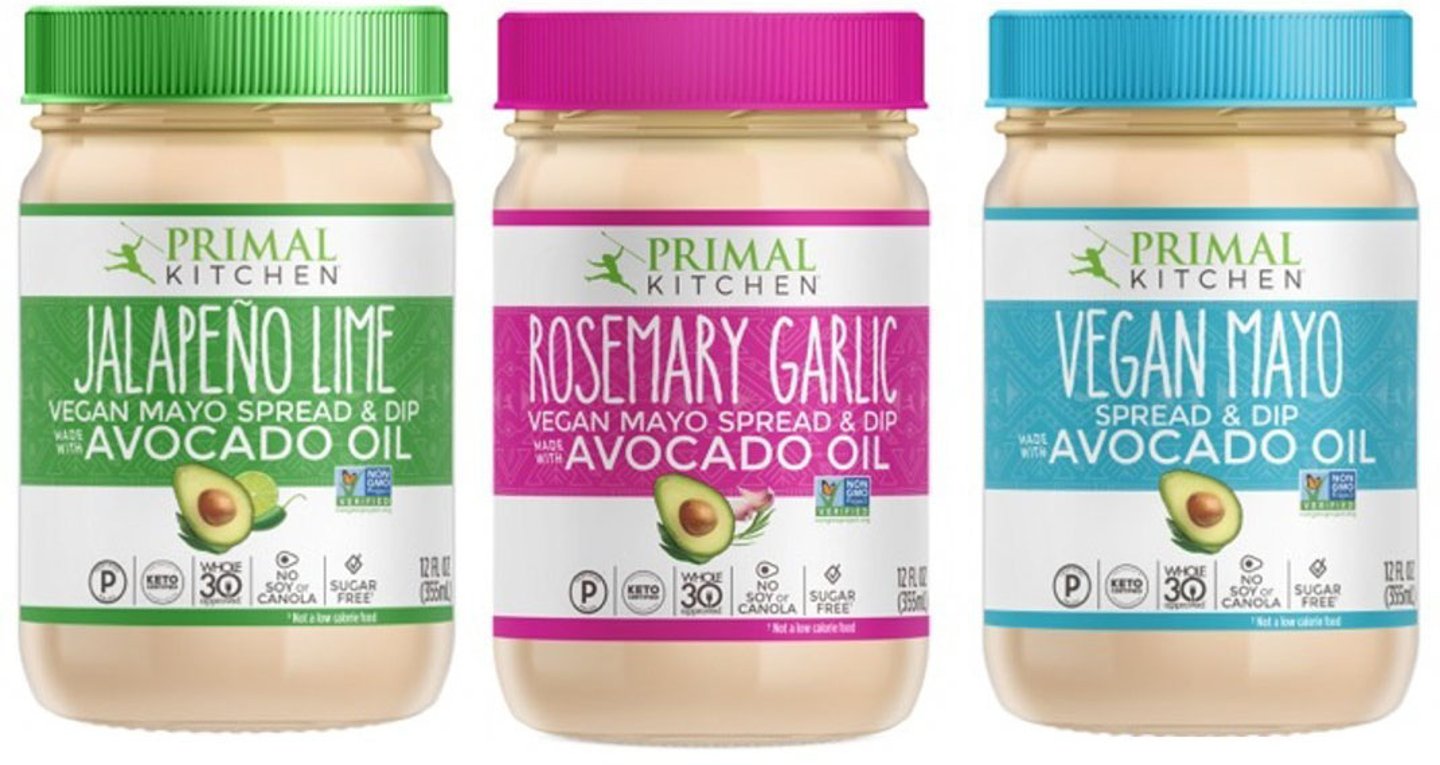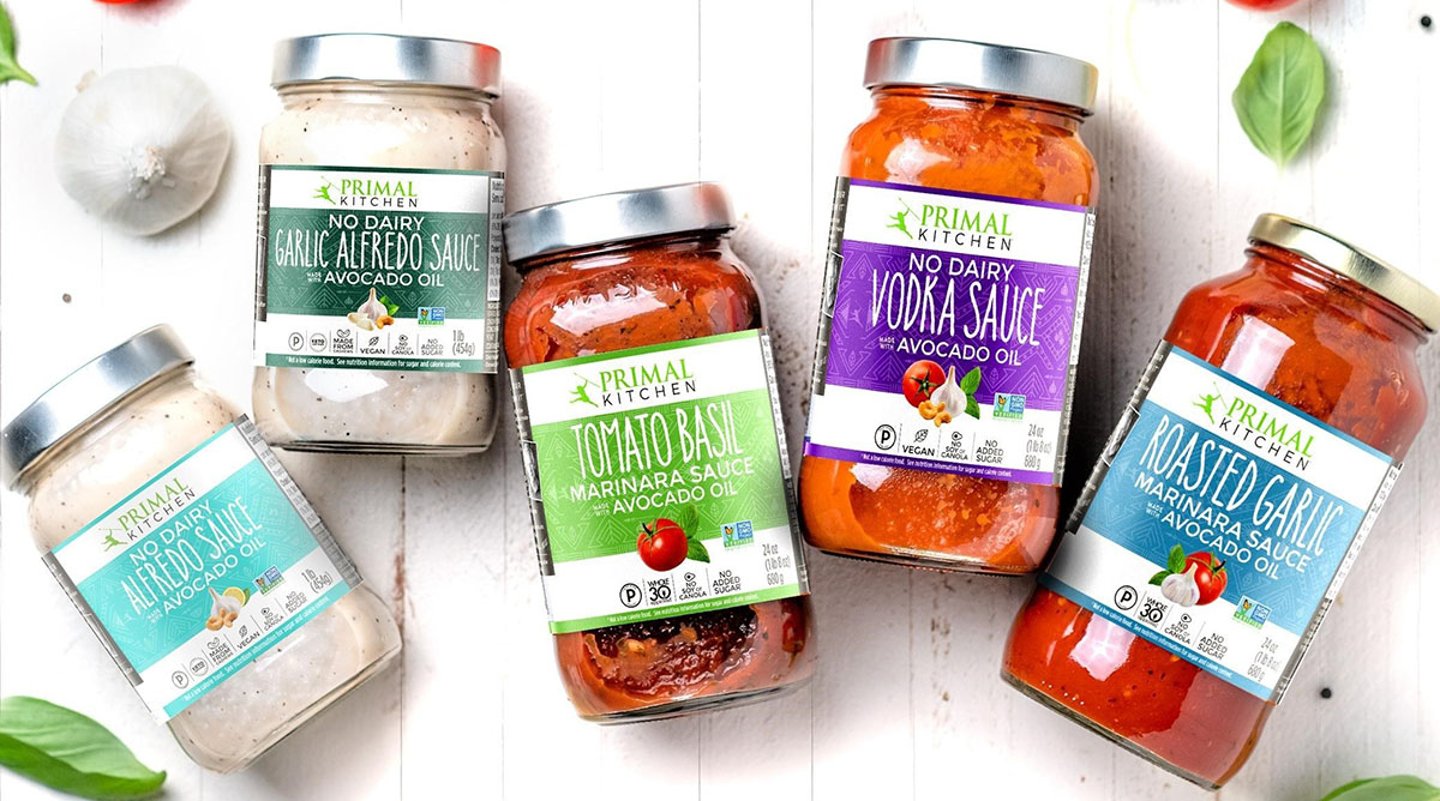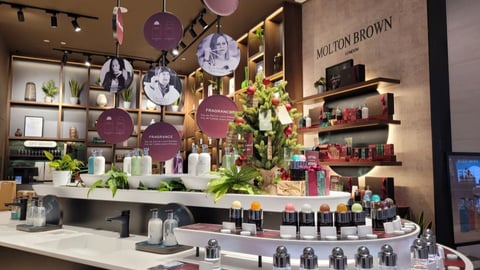Pitmasters: How Primal Kitchen Pounced On Summer Opportunities With Hyper-Personalization
Whether you call it a cookout or a barbeque — or even a picnic — last summer’s semi-return to social normalcy held great promise for condiment companies. With vaccinations rolling out across the United States and consumers eager to reconnect with family and friends, the summer grilling season was looking ... well, hot.
For the burgeoning Primal Kitchen natural food brand, it presented a significant opportunity to further its momentum and reach new consumers. Founded in 2015 by health and wellness author Mark Sisson — and now owned by The Kraft Heinz Company — Primal Kitchen manufactures condiments, sauces, cooking oils, and other products pledging high-quality ingredients and plant-based oils that eschew dairy, gluten, grain, artificial sweetener, and soy.
As it set out to drive in-store and online sales of summer grilling products and condiment staples at nearly two dozen key retailers, including Kroger, Target, and Publix, it knew it required a more efficient and impactful solution with a lower funnel or conversion media program, Kelly Meredith, senior omnichannel marketing manager, tells CGT.
The brand’s growth has been accompanied by an expanding consumer target that’s evolved from a niche, health-focused base into one that is much broader; to reach these new consumers, Primal’s marketing team wanted to maximize the new video creative it was launching during this critical grilling season.
“Knowing we had quite a few retailers in mind as the brand gained new distribution, we wanted the consumer-facing call to action to be retail-specific without having a bunch of different campaign setups individually with each retailer,” Meredith says.
What’s more, building storyboards for five cohorts of audiences across video, rich media, and static ad units was a bit of a daunting task for the company, and so it teamed with Aki Technologies to help optimize efficiencies.
Primal Kitchen’s product distribution is different at each retailer, and by teaming with Aki it was able to only serve advertisements that promoted items each retailer distributed. As part of this, a hyper-personalized mobile advertising strategy also drove awareness of available products during key moments throughout Primal’s audience members' daily routines, she says, including afternoons at home, nights in, and grocery shopping moments.
[See also: Inside Ulta Beauty’s Mobile-First Omnichannel Personalization Strategy]
Aki’s Eyeview personalization technology focused on aligning custom Primal audiences and personalized messaging to drive awareness and sales, accounting for five variables: advertising copy, call to action, voiceover, products featured, and retailer. This resulted in nearly 107,000 personalized advertising variants.
The campaign drove considerable sales lift, says Meredith, resulting in more than 116,000 add-to-carts — totaling more than $2.5 million worth of products and an estimated $775,000 worth of online sales.
When it came to the videos, Primal Kitchen, which makes its creative, media strategy, and media buying decisions in-house, found things operated pretty seamlessly between the two companies.
“Primal Kitchen creatives shot one ad, with modular content by cohort to plug into the various assets or targeting needs,” she explains. “The Aki team built storyboard templates ahead of time that made it easier for us to lay out our personalized communication strategy and hand over assets for their creative services team to bring it home.”
Though the campaign has concluded, Primal Kitchen’s marketing team is leveraging the learnings around conversions in its media buying strategy; as a result, it’s exploring the use of links from solution provider Smart Commerce to transform more marketing programs to be more shoppable.
[Read more Case Studies from CGT]
For other CPGs seeking to elevate their personalization capabilities, Meredith stresses the importance of thinking bigger: “Personalization is much more than just geo-targeted retailer logos and where to buy. Personalization variables include the ad copy, video voice over, background colors, the call-to-action and the items featured,” she notes.
“Personalization can also depend on media type, so delivering the right message at the right moment via static banner, video, user-generated content, or otherwise.”






